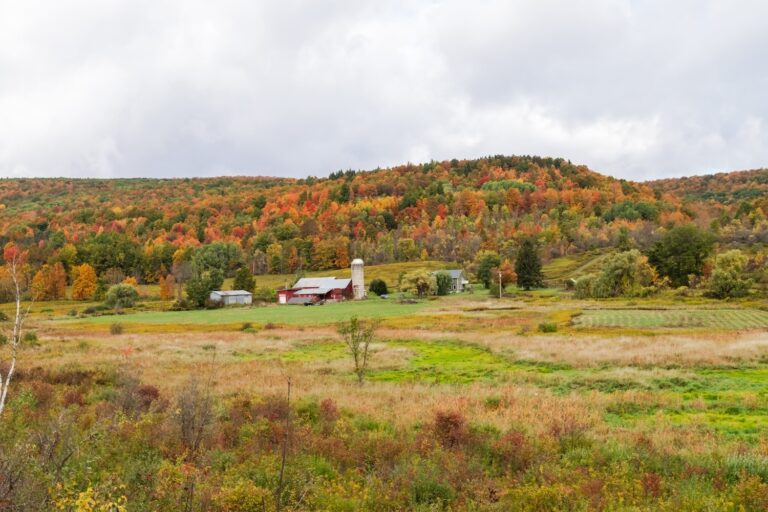COOPERSTOWN, NY – There’s far more to Cooperstown than baseball as the final pitch of summer is thrown and the calendar gives hints towards fall.
During my visit last week I discovered how much the soul of this quaint central New York village changes after Labor Day. Locals said there are really two seasons here: baseball season and offseason.
It will be the perfect time to come to everything that isn’t baseball in the fall. Leaf Peter arrives and the hillside explodes with scar-colored maples and golden white r-like species. The family wanders through Fly Creek Cider Mill & Orchard. There, owner Bill Michaels still pushes apples into cider and wine with equipment that has not been essentially changed since the late 1800s.
This seasonal flame has biblical resonance – the leaves fall like fleeting vanity, but their glory is headed towards heaven.
Cooperstown sits at the foot of the Catskill at the southern tip of Lake Ottsgo, which James Fenimo Cooper immortalized as Glimmergrass in the “Leather Stocking Tales” series. The same sparkling water and wooded hills also appeared in paintings by Thomas Cole and other artists at the Hudson River School.
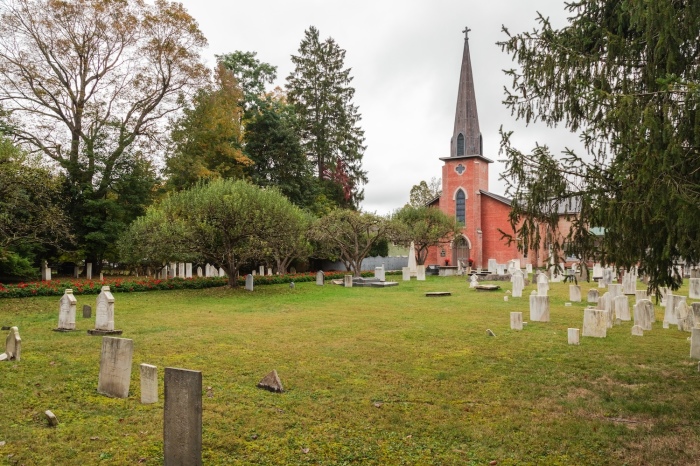
Many of the villages founded by Cooper’s father are well preserved with a mixture of architecture, including Civil War mansions. Then there’s Ote Saga. Built in 1909, the magnificent Colondead Hotel overlooks the lake and is a destination in itself.
Another landmark worth exploring is Christchurch (Ancient Church). This helped young Cooper transform from a plain meeting house style church into a textbook example of a Victorian Gothic revival. Cooper’s grave is located in the church garden.
The car from Cooperstown, a seat in Otzego County, to Sho Harry, a seat in Sho Harry, is just over 40 miles, taking just under an hour. The most picturesque routes pass through several small towns and villages, each with one or two historic churches. It is a reflection of circuit riders who seem to be Methodists or have planted churches at every crossroads.
With 916 residents, Show Harry’s village is smaller than Cooperstown and is well off the tourist trail. For me, it was truly a fascinating thing. Although both counties are rural and rural, Show Harry’s farm, forest and footbed blend has a distinctive character shaped by the people who first settled there.
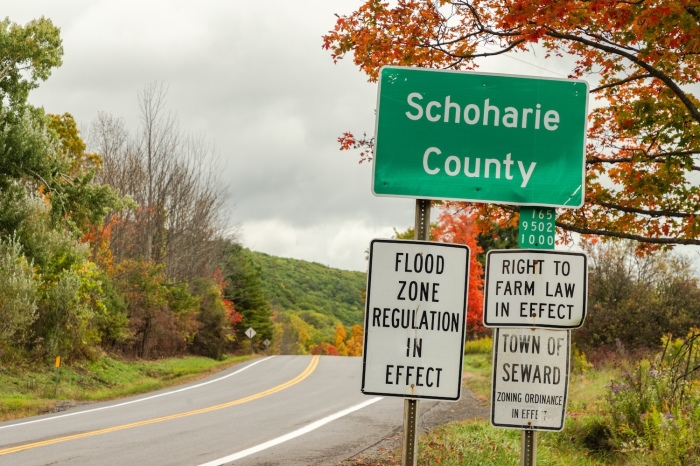
In the early 1700s, German Palatines – Protestant refugees who fled war and religious persecution in today’s Germany – came to the valley in search of opportunities that only America could offer. They cleaned up the farm and built a church on the fertile bottom along Showharry Creek.
One such church, built just before the American Revolution, became an old stone fort when the war reached the valley. Here and elsewhere, the revolution was truly a civil war. The family and neighbors were divided into supporters.
After independence, the building returned to church use, but by the second half of the 19th century it was preserved as a county history museum.
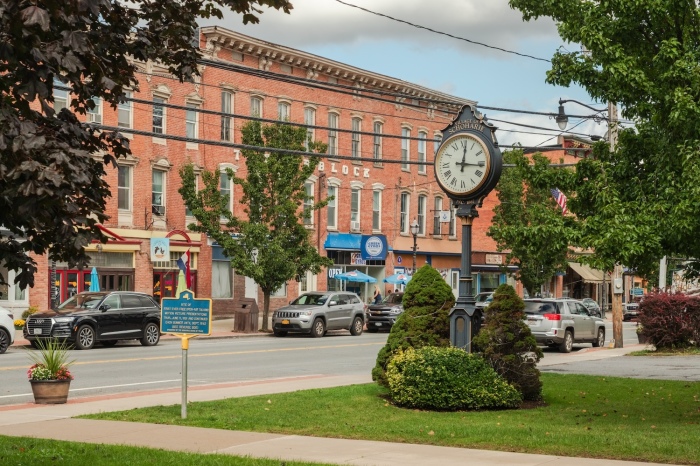
The Palatine story is personified by Adam Voman. One of the early settlers, his family survives by Voman’s nose. This is an impressive rock outcrop that suddenly rises from the valley floor.
A moderately easy trail passes through hardwood forests and climbs onto wide, flat shelves at the summit. The view of October looks like it’s drawn by Cole himself. A fiery patchwork of red, orange and gold across the valley. The farm below is still dotted with pumpkins and corn.
About 12 miles away is Cobble Skill, with a population of 4,173, which is the closest to the city in Shaw Harry County. Here I got the Show Harry County Eagle Trail.
For many years, I followed the wine trail, the cheese trail and even the historic church trail, which was my first Eagle trail. The route, launched several years ago with state support and funding by local nature photographer Bill Combs, includes 18 designated stops where visitors can monitor American national birds.
Respected by the Iroquois, the bald eagles are respected long before the US adopted birds as their symbol, but are often seen against the same gorgeous leaves that portray the peeping of the leaves.
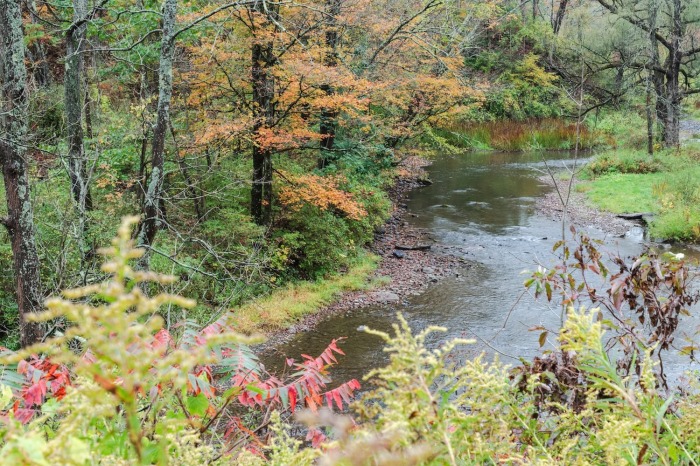
Another highlight is the Landis Arboretum, located on the far northeast corner of the county. Its gardens, ancient forests and the eight-mile trail are well worth a detour.
Autumn distills the essence of the region: vibrant colors, rich history, and the enduring spirit of America. For those looking for beauty and meaning beyond baseball diamonds, Otzego and Shaw Harry counties are the perfect destinations this fall.
If you’re going
If you want a luxury hotel experience, this is the only place to stay at the Otesaga Resort Hotel, which has a 4 diamond rating from the AAA. For different things, consider the Landmark Inn or one of other old school accommodations. Both are within walking distance of all of Cooperstown.
The historic hotel dates back to 1870, Parrot House will be reopened in its 19 rooms in downtown Show Harry after the ongoing renovations are completed. At the time of this writing, there is no date for the grand opening.
The restaurant will feature the 223-year-old Bullshead Inn in Kolskill and Boccausteria, the 1909 Bullshead Inn in Otesaga, Cooperstown, and the farmer’s beef and brewing.
The Old Stone Fort Museum will be open until the end of October and will be closed until May. A reasonable admission fee will be charged.
Visitors can bundle admission to the Phenimour Museum, a baseball hall of fame museum featuring a renowned American art collection and the Fenimore Farm and Country Village.
Landis Arboretum is open free and daily.
Dennis Lennox is a travel column for Christian Post.
Dennis Lennox writes about travel, politics and religion. He has appeared in the Financial Times, Independent, The Detroit News, Toronto Sun and other publications. Follow @dennislennox on Twitter.
